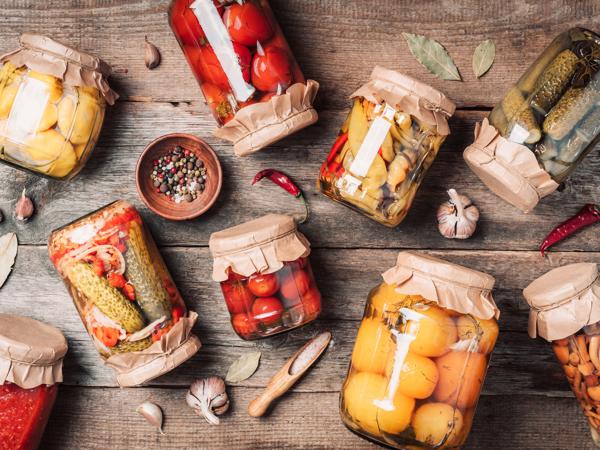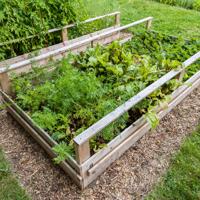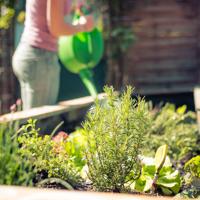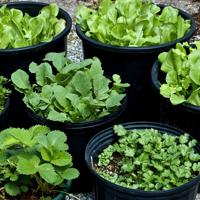As the seasons change and your garden bounty ripens, preserving your harvest for long-term storage becomes a fulfilling and practical way to enjoy the fruits of your labor throughout the year. In this article, we’ll explore various methods to store your produce efficiently while maintaining its nutritional value and taste. While methods may vary based on individual preferences and conditions, there are several classic and reliable approaches to keep your harvest fresh.
Canning: A Reliable Favorite
Canning has been a go-to preservation method for many generations. It involves sealing food in jars and heating them to kill bacteria, yeasts, and molds. The two primary methods of canning are water bath canning and pressure canning.
-
Water Bath Canning: Ideal for high-acid foods such as tomatoes, fruits, jams, and pickles. This method uses boiling water to process the jars.
-
Pressure Canning: Suited for low-acid foods like vegetables, meats, and poultry. It requires a specialized pressure canner to achieve higher temperatures.
While canning requires some initial investment in equipment, such as jars and a canner, it preserves food with minimal energy costs once sealed and stored.
Freezing: A Convenient Option
Freezing is a straightforward way to preserve many types of produce. It helps retain much of the food’s original flavor, color, and nutritional value. Here’s how to get started:
-
Blanching: Before freezing vegetables, blanching them in boiling water and then quickly cooling in an ice bath can help preserve nutrients and texture.
-
Packaging: Use airtight, freezer-safe containers or bags to prevent freezer burn and maintain quality.
Be mindful that freezer space might limit how much you can store, and power interruptions could occasionally lead to spoilage.
Drying: A Space-Saving Technique
Drying removes moisture from food, inhibiting the growth of bacteria and molds. There are various methods for drying your produce:
-
Air Drying: Suitable for herbs and some fruits. Simply hang bunches upside down in a well-ventilated area.
-
Dehydrating: Using a food dehydrator offers a reliable and controlled drying environment for fruits, vegetables, and even meats.
-
Sun Drying: Best suited to areas with hot, dry climates; it requires several days and protection from pests.
Dried foods are lightweight and occupy less storage space, making them perfect for those with limited room. Just keep them in airtight containers to extend their shelf life.
Fermentation: A Flavorful Preservation
Fermentation uses beneficial bacteria to preserve and transform produce. This method not only prolongs the life of your harvest but can also enhance its nutritional profile. Classic examples include sauerkraut, kimchi, and pickles. Fermentation requires:
-
A Jar or Crock: Use a weight to keep your produce submerged.
-
A Cool, Dark Place: Proper storage during fermentation is crucial to prevent spoilage.
Experimenting with small batches is a fun way to discover new flavors and keep your preservation process exciting.
Root Cellaring: Nature’s Refrigerator
If you have space, a root cellar can naturally keep your produce cool and humid, ideal for storing root vegetables, apples, and cabbages. Essential elements include:
-
Temperature: Typically between 32°F to 40°F (0°C to 4°C).
-
Humidity: High humidity levels, around 85% to 95%, help maintain freshness.
Root cellaring is an energy-efficient method, relying on the earth’s natural insulation properties.
Exploring Resources and References
For those eager to delve deeper, numerous resources and books provide extensive information on each preservation method. Reading up on forums, such as those by experienced homesteaders, can offer practical tips and community guidance.
Remember, practice makes progress. You may find certain methods work better with specific produce or align better with your lifestyle and preferences. Experiment with small batches to determine what fits best within your routine.
In Reflection
Preserving your harvest for long-term storage is not only about extending the shelf life of your produce but also preserving the memories and hard work that went into growing each morsel. It’s a journey that bridges past traditions with modern techniques, offering satisfying rewards year-round. Whether you’re a seasoned preserver or just starting, embracing the process of trial and error will help you learn what suits your needs and tastes.
Through careful selection of preservation methods, your abundance can continue to nurture and nourish, long after the growing season has passed.




